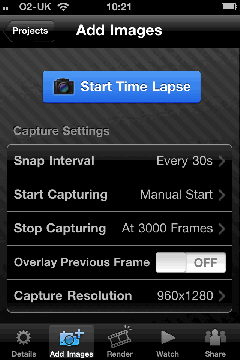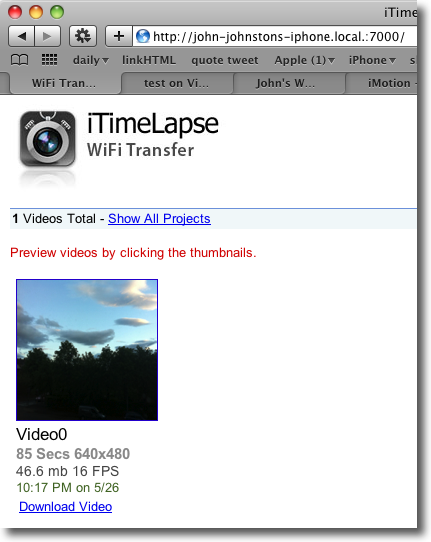A couple of weeks ago I watched Doug‘s video How I Use a MacBook Pro on of the ways he discussed was a very new (beta) service ifttt.
ifttt stand for If This Then That and I requested a beta invite that arrived a day of three later. I’ve now had a look over the site and set up my first task.
This is a simple one, if I tag a link on delicious with @comment it will be tweeted (Hopefully with commenting at: ). I post @comment tagged links to delicious with a keyboard short cut so the whole thing should be painless.
This is a really trivial use of ifttt, and I can see a lot of more powerful uses for the service. I like this sort of thing, the way posterous post stuff on to flickr, twitter and this blog for example.
We also do a little of the same sort of thing with edutalk.cc, auto posting audioboos tagged edutalk to the moderation queue.
In fact my first thoughs were that ifttt could replace my rather clunky system for doing this. Unfortunately, at the moment ifttt only supports posting text to your main posterous blog and as far as I could see will not post to the moderation queue. I was also looking at posting my shared google reader to a new posterous blog but as it is not my mail one this will not work yet.
I am saying yet as the service seems to be developing quickly. I did manage to create a task to post my google reader shared items onto my tumblr blog (I’d almost forgotten that one). I usually star/like stuff in google reader to check later but will now try to share ’em too to see how ifttt works out.
Finally I really love the interface of ifttt, very clean with huge text and icons. The process to create a new task is very simple with a fair bit of possible customisation:
I am looking forward to seeing how ittt develops.
Update:I seem to have flooded ScotEduBlogs with my tumblr posts. I’d forgotten that it was listed there. Apologies. I’ve now removed the blog from SEB.







